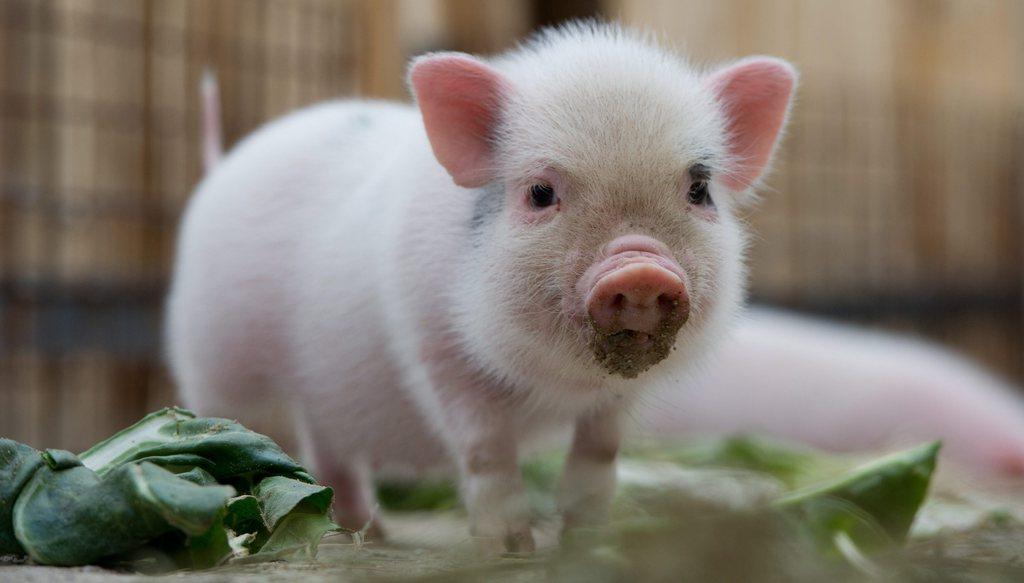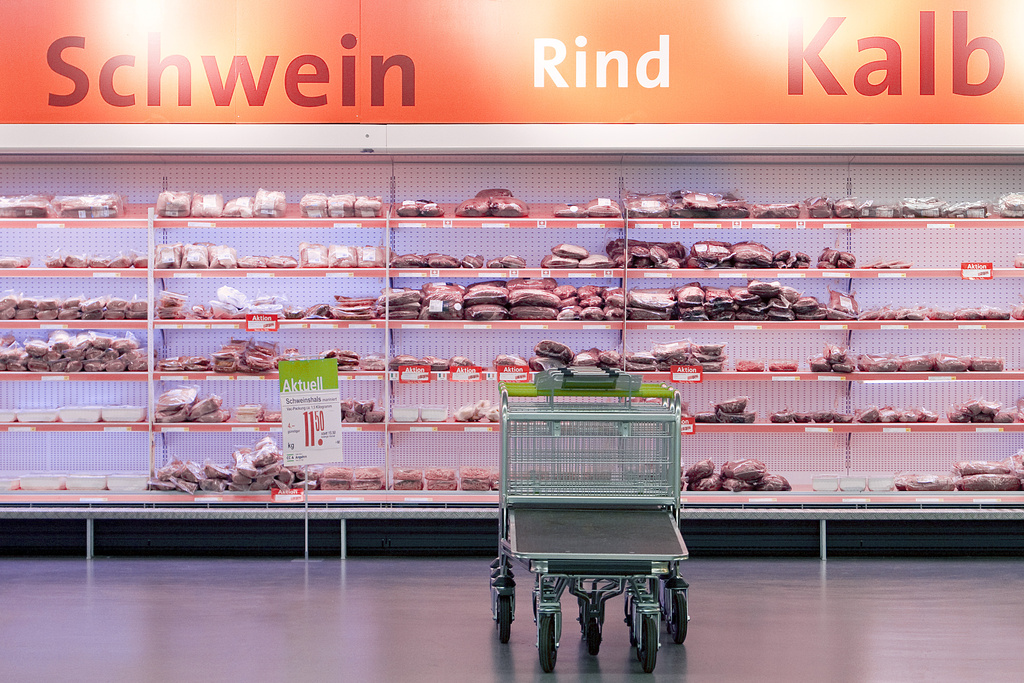Why demand for filet is killing the meat industry

Blood sausages, liver sausages, snouts and tails currently have pride of place on many pub menus in Switzerland, but such nose-to-tail fare is too much for most diners and the Swiss meat industry is feeling the consequences.
For centuries, using every part of a slaughtered animal’s body was a question of survival, but wealth and a lack of time have drastically changed eating habits. Today, people want schnitzels, steaks and sausages – easy to prepare, fast-cooking, and whose appearance doesn’t remind consumers that they were once part of an animal. Many people find stews, pork knuckles and roasts too laborious.
Demand for less common cuts of meat and other parts of animals such as offal has collapsed over the past decade. Their price has fallen correspondingly and much of the meat is either exported or used for animal feed.
On the other hand, demand for prime cuts such as filets or cutlets is such that they often have to be imported.

More
Has Swiss meat consumption peaked?
The situation for the meat industry is exacerbated by the fact that the less popular cuts make up the majority of meat that is prepared for sale: with a pig they make up 54%, with a cow 63% and with a chicken 66%.
“The value-added chain for meat has been suffering for years from the fact that there’s less and less demand for the less popular cuts,” said Werner Siegenthaler from industry umbrella group ProviandeExternal link.
While around ten years ago the hind leg (ham) of a pig cost more than half the price of a filet, now it costs less than a third.
‘Economic sense’
The meat industry is not taking this development lying down, however. Proviande has launched a project, running until 2019, which aims to make less popular cuts more attractive, returning them to kitchens and thus raising their price.
The plan is to support all parties in the meat production chain in the processing and marketing of the entire animal. Meat will only be used for animal fodder or as raw material for energy as a last resort.
Marketing less popular animal parts also makes economic sense, said Siegenthaler, although he said it’s hard to quantify the potential.
“The meat processing industry is too disparate – every facility is different regarding what it offers, its size and organisation,” he said on Tuesday, coincidentally World Vegan Day.
As part of the awareness campaign, many butchers have Proviande’s “Nose to Tail” brochure on their counters. This features recipes for dishes such as the oxtail Pulled Tail BurgerExternal link, which is jumping on the current popularity in Switzerland of pulled pork sandwiches.
However, Siegenthaler believes there is still work to be done when it comes to convincing consumers to eat more unusual body parts.
“We don’t want to tell consumers what to eat. They must change of their own free will,” he said.
Meat consumption
Alone in private households almost CHF5 billion ($5.1 billion) is spent on meat a year. What’s more, half of meat consumption in Switzerland takes place in restaurants. In 2015, each person ate a total of 51.3kg of meat.
There aren’t exact figures for the number of vegetarians in Switzerland, but the Swiss Vegetarian Association has told swissinfo.ch in the past that looking at other countries it reckoned 5% of Switzerland’s 8.2 million inhabitants didn’t eat meat and 0.5% were vegan.

In compliance with the JTI standards
More: SWI swissinfo.ch certified by the Journalism Trust Initiative




You can find an overview of ongoing debates with our journalists here. Please join us!
If you want to start a conversation about a topic raised in this article or want to report factual errors, email us at english@swissinfo.ch.